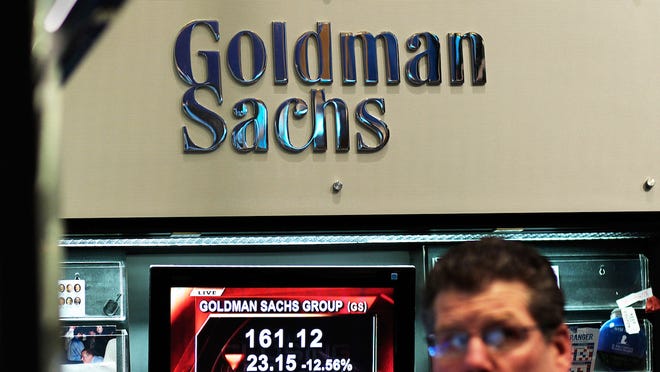KPMG, one of the Big Four accounting firms, reported in late December that merger and acquisition activity in 2021 easily surpassed the pre-pandemic level. Moreover, KPMG reported that a survey of 350 business leaders reported M&A is primed to climb even higher in 2022. Deal makers around the world announced $5.6 trillion worth of M&A transactions in 2021. The U.S. reported $2.9 trillion in transactions for 2021.
Philip J. Isom, global head of M&A at KPMG, said, “Despite soaring valuations, some 93% of business leaders say they will continue to make deals in 2022. Certainly, some buyers have resisted moving up at the same pace as multiples have risen. But most investors may be willing to reach further on price than they have historically.”
Why acquire another company?
These are the main reasons business leaders want to make acquisitions:
- The primary reason is a strategic fit where we believe both businesses will come out better combined than remaining separate.
- Companies’ balance sheets are incredibly healthy. They have record amounts of cash ($2 trillion in the U.S. alone). Companies have wide access to capital and are benefitting from historically low interest costs.
- Develop new products, maximize the combined customer base and achieve cost savings.
- Executives feel pressure from investors to raise their stock price. With interest rates so low, the return on investment from new acquisitions should be significantly higher than borrowing costs.
- Make transformative deals that change their business and operating model.
Goldman Sachs, Morgan Stanley, Bank of America and other investment banks recently reported significant profits from their M&A activity.
Tim Miles, co-head of M&A at Morgan Stanley said, “… strong equity markets are a key driver to M&A.” Luigi de Vecche, chairman of Europe, Middle East and Africa capital markets at Citigroup, said, “Investors are deploying cash at an unprecedented pace which means that, on a global basis, asset valuations have peaked to historic levels.”
Reuters reported that technology and health care, which typically represent the biggest share of the M&A market, remained market leaders.
Some pushback to M&A activity
On the flip side, some companies are breaking up their corporate empires. General Electric, Johnson & Johnson and Toshiba announced plans to split up their core businesses and spin off several divisions.
The flood of M&A activity has energized some pushback. Senior dealmakers said at a Reuter’s NEXT conference, “Large tie-ups between publicly listed companies will be off the table in 2022, as a crackdown by the Biden administration makes securing regulatory sign-off for combinations increasingly difficult.” Panelists said the Biden Administration is using any means necessary to slow down and kill transactions. Among the tactics employed are extensive requests for information and other administrative roadblocks.
Robert Kindler, global head of M&A at Morgan Stanley, said, “There just aren’t going to be any big deals in the foreseeable future.”
The U.S. Federal Trade Commission has taken an increasingly adversarial stance toward merger activity.
- The FTC now will require companies to get prior approval from the agency for any transaction “affecting each relevant market for which a violation was alleged for at least 10 years.”
- The Agency will consider the level of market concentration, the degree to which the transaction increases concentration and evidence of anticompetitive market dynamics.
During the week, I avidly watch business news. Invariably, the CEO of the acquiring company glowingly summarizes why the acquisition is being made. That said, after the cheering stops, a different reality sets in. According to Harvard Business Review, between 70% and 90% of mergers and acquisitions fail because key people leave, teams do not get along or demotivation sets into the company being acquired.
Just once, I would love a CEO to summarize why the corporate marriage failed.
Originally published in the Sarasota Herald-Tribune




